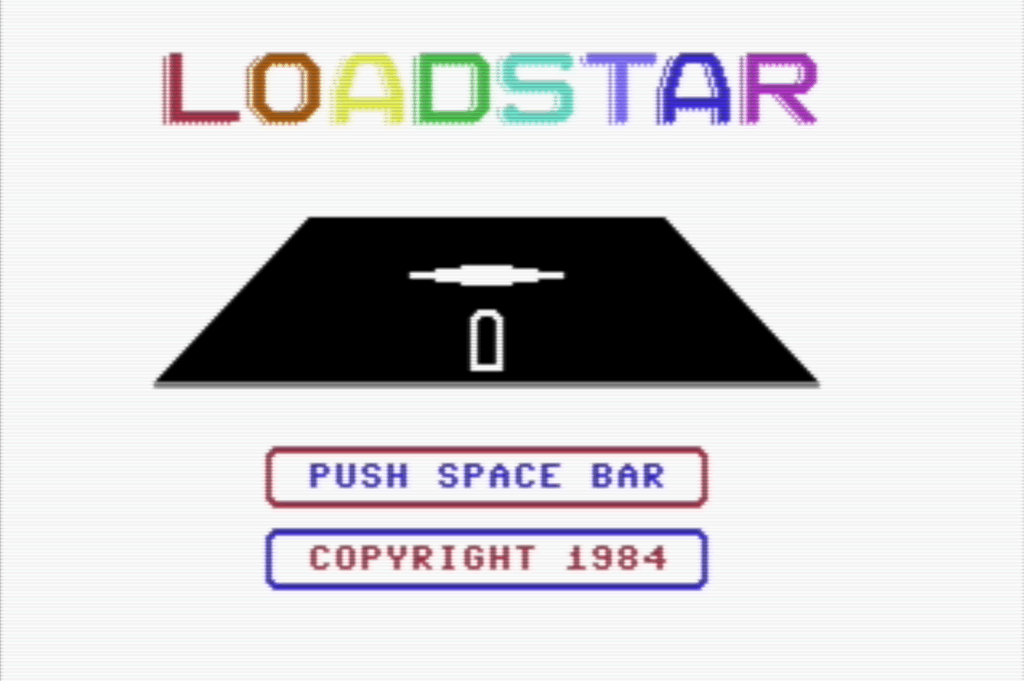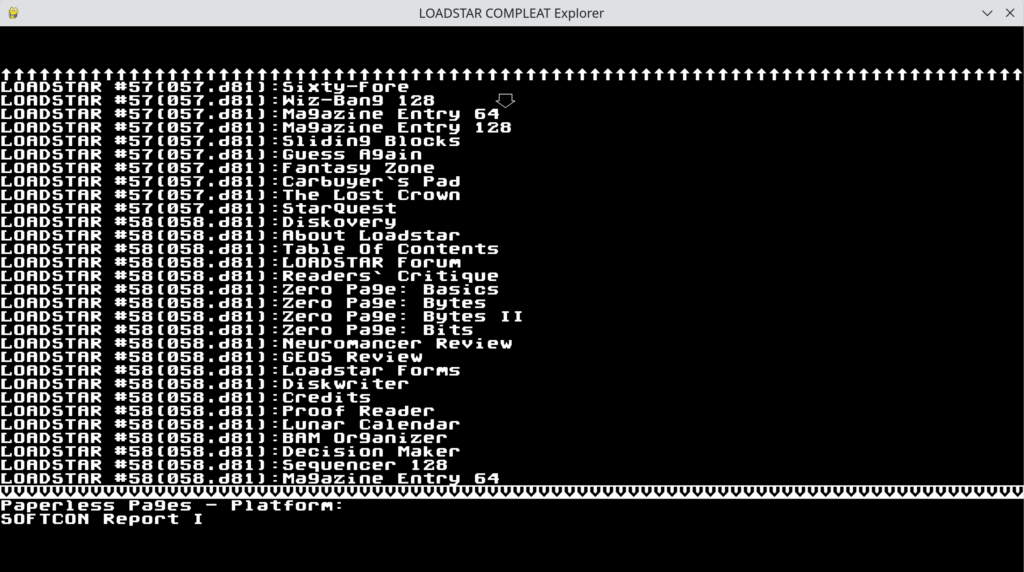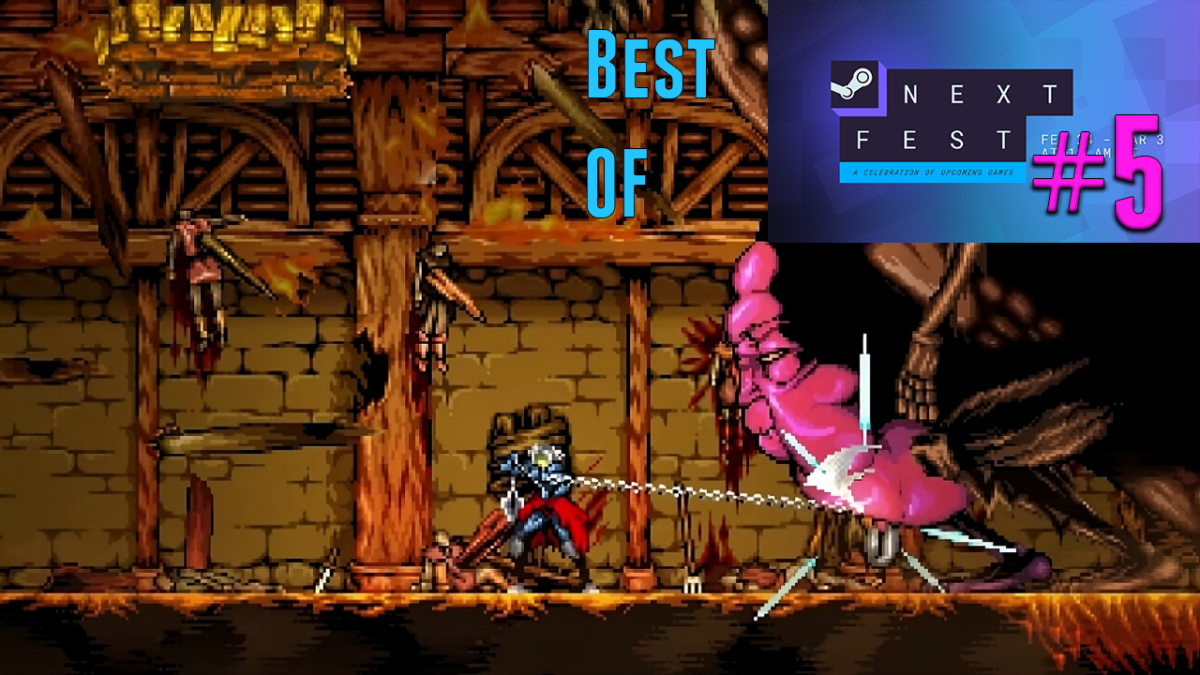The Internet was really turning into a big thing in the early 2000s, and a lot of companies hopped onto it to hawk their products. Nintendo was a little more standoffish about it than Sega, remember that the Sega Dreamcast had a built-in dial-up modem, and came with a web browser disk, while the Gamecube had no online functionality without the LAN adapter.
Web browsers would come to Nintendo platforms with the DS and Wii, and there are hints that they had at least considered it with the Gamecube (we’ll look into that tomorrow). But Nintendo did release PC web browsers, in order to help hype their games among internet savvy kids.
Michael MJD examines the phenomenon in a 19-minute video, here:
The programs in question were produced by Media Browser, who tried to turn branding-soaked web browsers into a viable business model. Media Browser is long gone (they lasted just two years), but some parts of their website are preserved on the Wayback Machine. Customized browsers produced were themed after Mario Tennis, Paper Mario, The Legend of Zelda: Majora’s Mask, Pokémon and Nintendo Power (thought it’s more of a Banjo-Tooie theme).
After Media Browser went out of business, another company, Braun Communications, stepped in and made three more browsers, it seems using the same software Media Browser did, for Metroid Prime and two more Pokémon games.
Under the hood they’re all reskins of Internet Explorer 5.0, so Media Browser/Braun wasn’t actually distributing web browsers per se as fancy borders to put around the browser that was already on Windows users’ machines. It also meant that Mac and Linux users weren’t allowed to have a Legend of Zelda web browsing experience: Ganondorf wins again. These were all free browser skins, but some of them showed ads to you, so you were essentially installing an ad banner directly to your machine for no useful benefit. Bonzi Buddy, eat your heart out.
So! What is using Nintendo’s branded web browsing solutions like today? Well first, even if you dig up the version of Windows they support (Win 95-98-ME era), they demand to be registered before use, and that site is long dead, so it’ll require a registry hack to put them through their paces. All of these browsers still exist on the Internet Archive, as linked on the video’s description section. Here’s direct links to the pages: one, two, three, four. If you look through them you might find some extras, like screensavers of the different properties. Those should still work, right?








